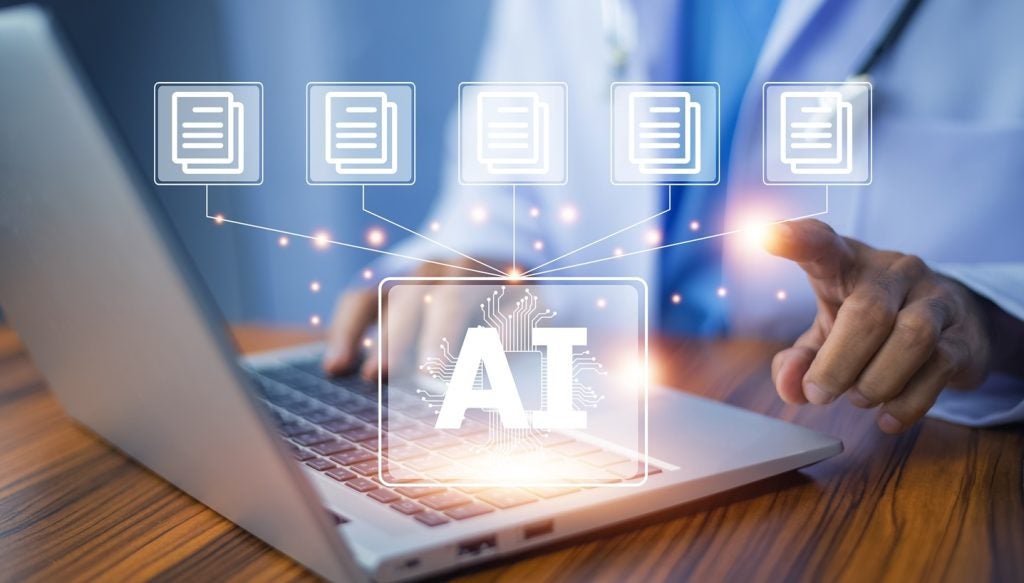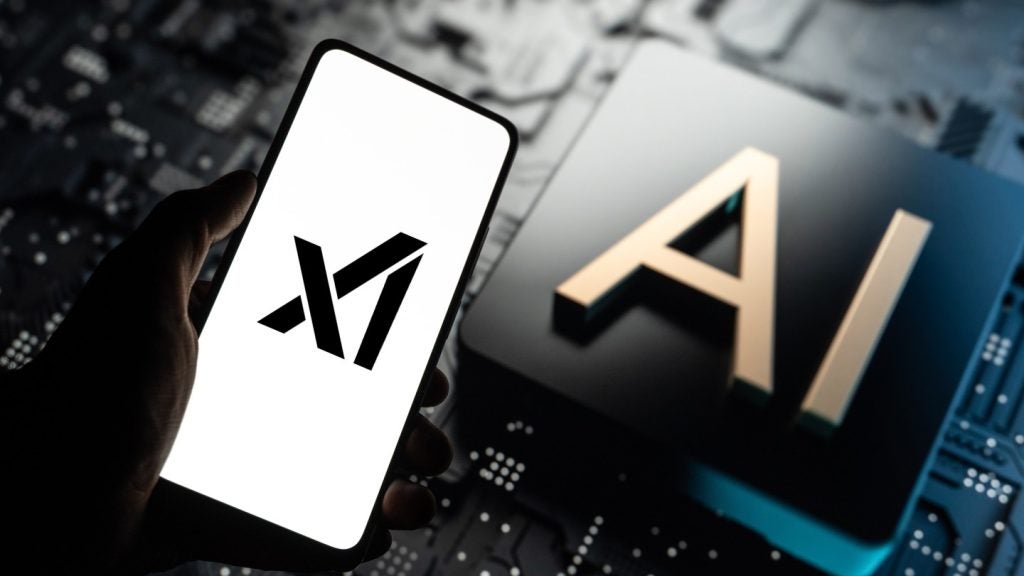Covid’s impact on the global economy has triggered a sharp interest among enterprises to improve business processes through automation, with robotics leading the charge by delivering immediate value through robotic process automation (RPA) solutions.
RPA is software in the form of robots or bots conducting repetitive and routine business processes, similar to a human interaction within a UI and a set of specific rules. The idea is to speed workflows, improve efficiencies and customer service, and support a more comprehensive automation strategy.
The emerging technology represents an increasingly significant component of a DevOps model for achieving transformations while reserving the human touch for more important tasks. RPA, which has grown exponentially in recent years, is typically configured as a component of intelligent automation, enhanced through AI/ML/NLP, low-code tools, and business process management. Recent trends triggered by the pandemic, including workforce and technologist shortages and business processes inefficiencies, have aligned in recent years to make RPA a high-demand component of the IT operations agenda.
RPA serves as a cornerstone of intelligent automation
Setting RPA in motion in recent years was recognition of the need for intelligent automation to accelerate business transformations in part by replacing traditional business processes with highly advanced and automated workflows. RPA serves as the cornerstone of intelligent automation not only to process structured and unstructured data, but also to automate actionable responses including prescriptive analytics. Playing a role in this expanding market segment are non-coders able to access development environments once reserved for savvy developers and data scientists.
RPA is now becoming increasingly embedded into application platforms, BPM systems, and other digital transformation tools and services aimed at simplifying UIs and providing predictable interactions through rule-based systems between processes and IT apps. As a result, numerous RPA acquisitions and partnerships have taken place among cloud and platforms giants to fill out automation portfolios over the past year, including IBM’s acquisition of WDG, Microsoft’s acquisition of Softomotive, and Salesforce’s acquisition of Servicetrace, to name a few.
Cognitive technology
RPA’s most significant achievement has been to leverage AI to better understand the actions of users and enhance the user experience (UX). This powerful combination of RPA and AI brings about a new form of cognitive technology that is evolving in order to act based on human attributes such as judgement and problem solving.
How well do you really know your competitors?
Access the most comprehensive Company Profiles on the market, powered by GlobalData. Save hours of research. Gain competitive edge.

Thank you!
Your download email will arrive shortly
Not ready to buy yet? Download a free sample
We are confident about the unique quality of our Company Profiles. However, we want you to make the most beneficial decision for your business, so we offer a free sample that you can download by submitting the below form
By GlobalDataOf those trends surrounding automation and RPA, process mining is certainly the most noteworthy in its ability to provide analysis of operational processes of event logs and then reflect that event data into actionable insights. This functionality goes a long way in helping to launch RPA by identifying the most appropriate automation opportunities. In a nutshell, process mining helps operations identify hot spots where employee efforts are being wasted and/or processes are operating inefficiently and need reengineering. Once identified, ops can build a digital twin of the environment (simulated with RPA), determine the ROI, and proceed with approval and rollout of robotics solutions based on the results.









Related Company Profiles
Microsoft Corp
Salesforce Inc